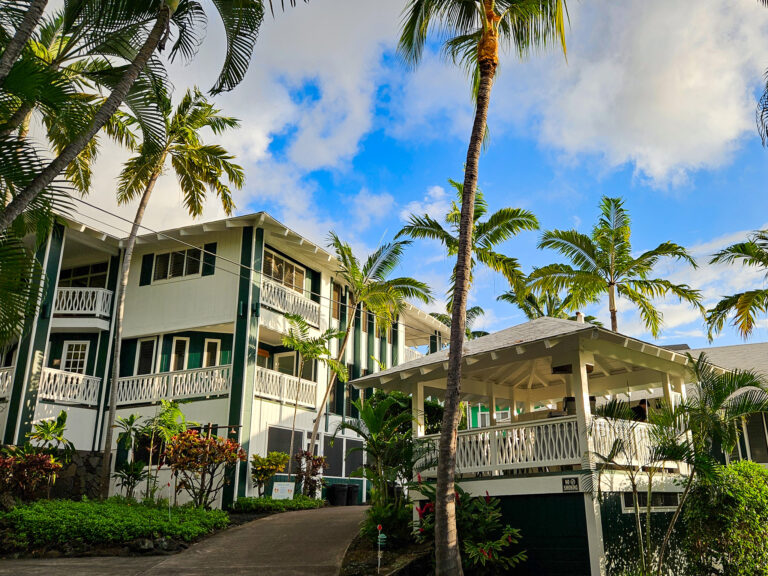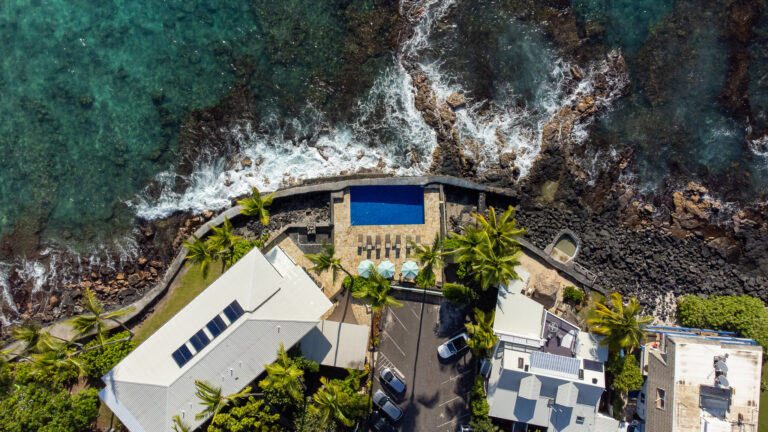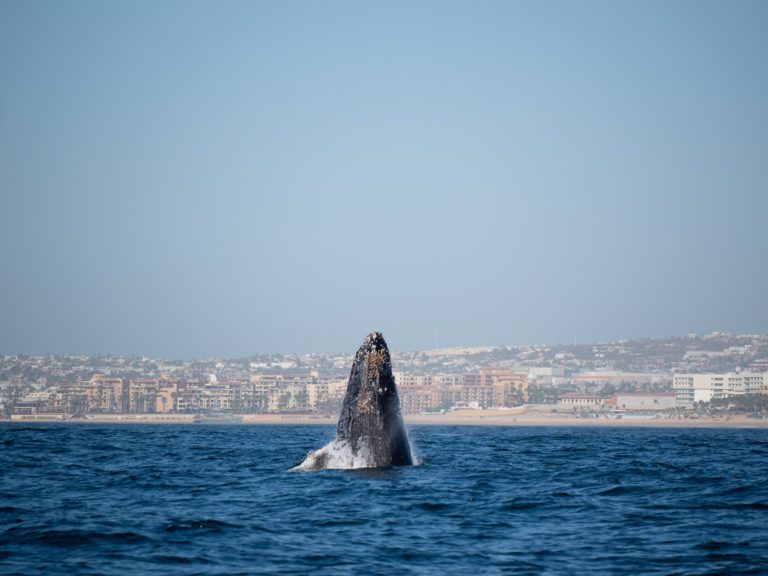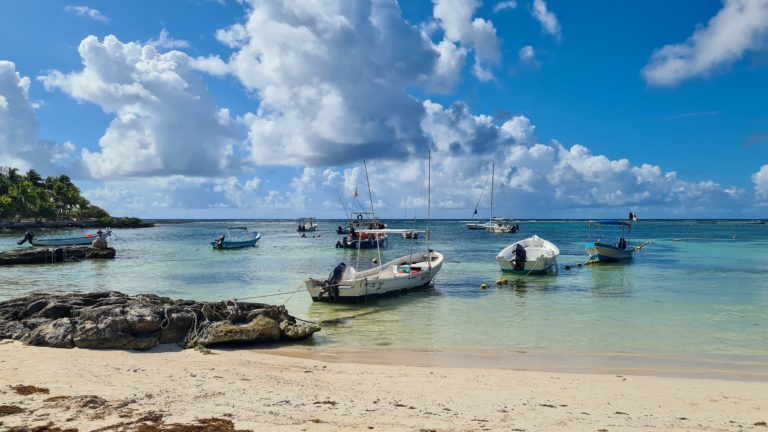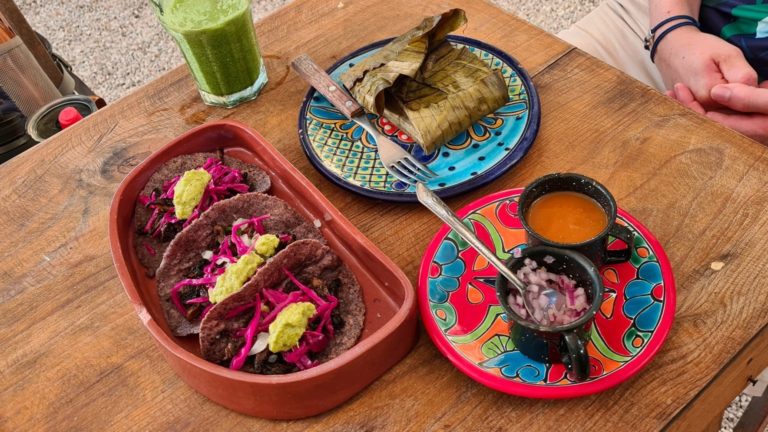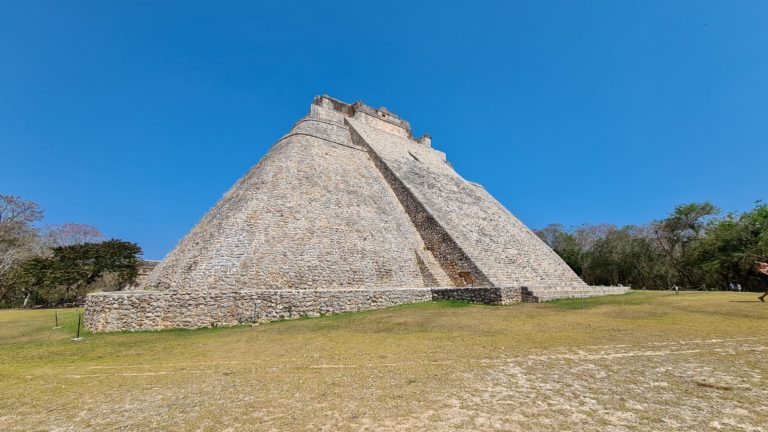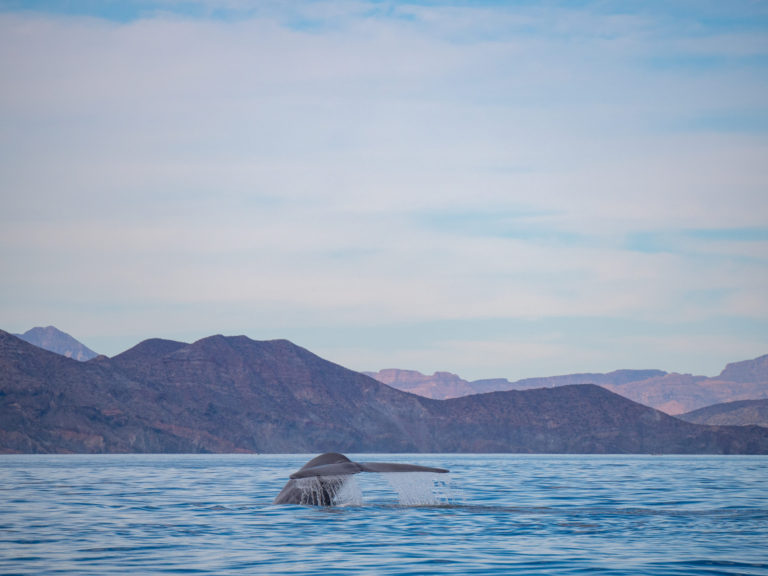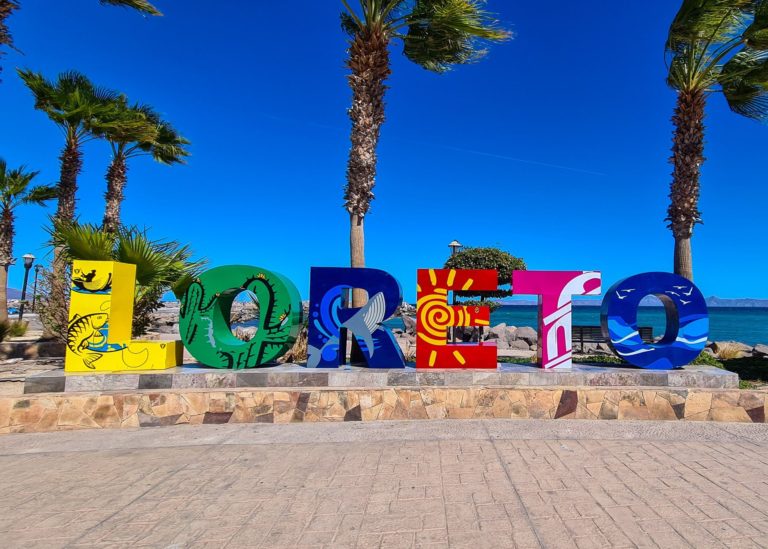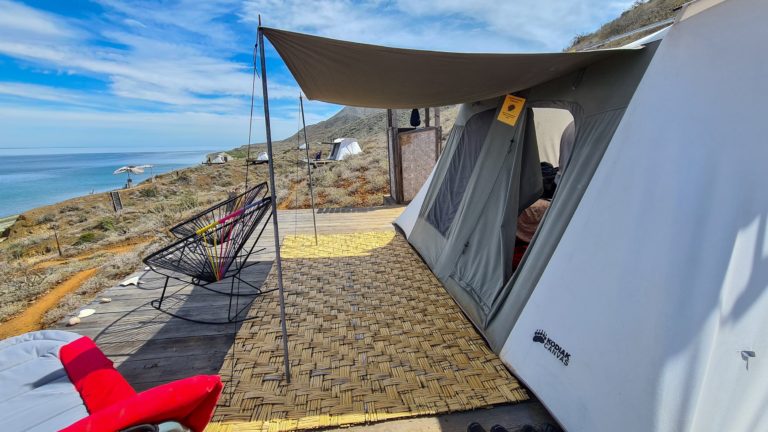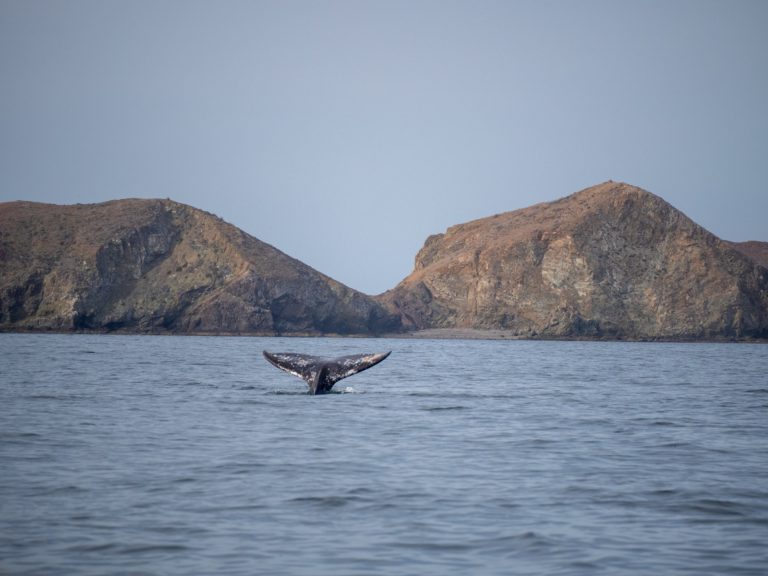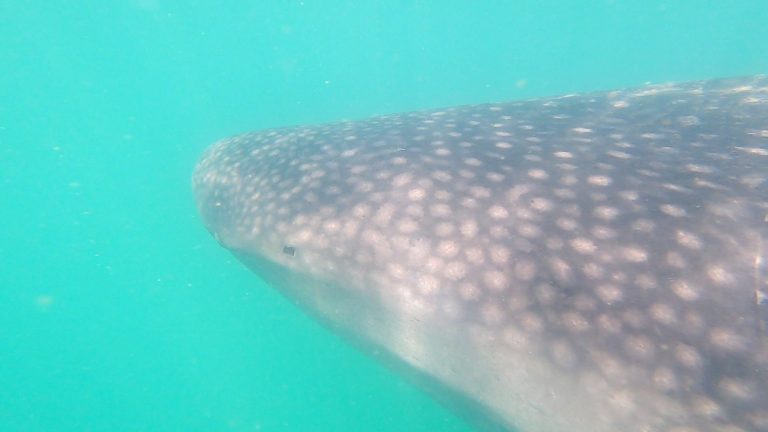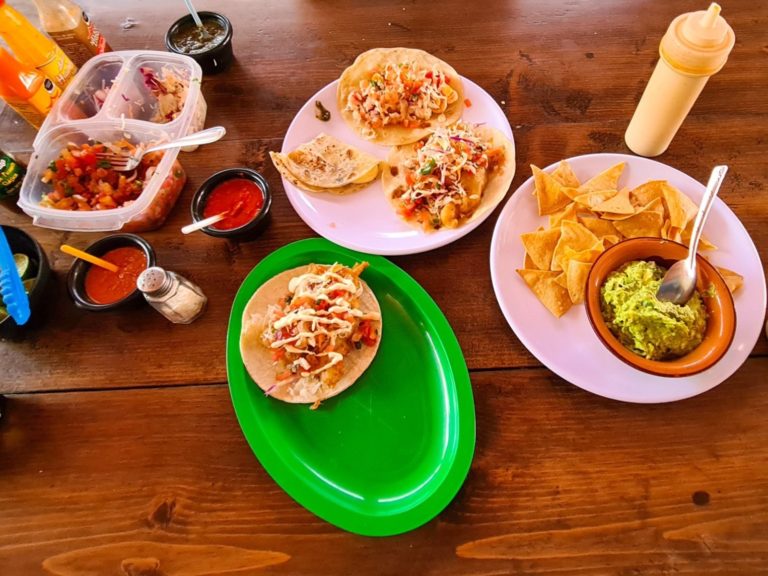Wildlife spotting on Australia’s Gold Coast: A One Week Itinerary
Discover the amazing wildlife encounters available on Australia’s Gold Coast, from swimming with whales to kangaroo and koala spotting.

This post may contain affiliate links, which means we might earn a small commission on anything purchased through these links at no extra cost to you. Learn more on our disclaimer page.
Time needed: 7 days.
When to go: July to October for pleasant weather and lots of whales.
Weather: Consistently pleasant with highs of 20-25℃. Sometimes windy with passing rain storms.
Language: English.
Currency: Australian Dollars.
Nestled on the east coast of Australia, south of Brisbane, the Gold Coast is famed for its long sandy beaches and surf culture. Featuring a skyline of skyscrapers, most visitors to the Gold Coast take advantage of the many theme parks and adventure activities on offer around the city. But what many visitors to the Gold Coast miss is the that it is actually one of the best places in Australia to see wildlife.
Wildlife on the Gold Coast
Indigenous animals you can see around the Gold Coast include wallabies, kangaroos, koalas, echidnas, flying foxes and native bird species – you just need to know where to look! We also had the most epic experience swimming with whales (ethically) and are going to share everything you need to know about the experience in this Gold Coast Wildlife Spotting Itinerary.
Surfer’s Paradise – 3 nights
Coombabah Lake Conservation Park is a secluded nature reserve in the Gold Coast city. Located in a suburb in the north of the Gold Coast, it is a real hidden gem. Stay in the heart of the city, Surfer’s Paradise, as it’s only a 20 minute drive to the park. Comprising more than 1200 hectares of wetland, eucalypt forest, salt marsh and mangrove habitat, it’s the perfect place to find native Australian wildlife. The park is home to 274 species of animals including the powerful owl, echidna and grey-headed flying-fox, but you’re most likely to see koalas, wallabies and kangaroos. There are several trails and circuits to choose from, as well as a bird hide and boardwalks. Not only is this nature reserve the best place to see wild Australian animals on the Gold Coast, but it’s also completely free to access. Parking is also free and located just off Shelter Road, at the start of the Kangaroo Trail. There’s a second car park at the start of the Mangrove Boardwalk, which is accessed separately. The park is gated and open between 6:00 and 18:00. Coombabah Park is fun for all the family, and particularly popular with wildlife photographers.
Read next: The Best Wildlife Photography Camera Settings
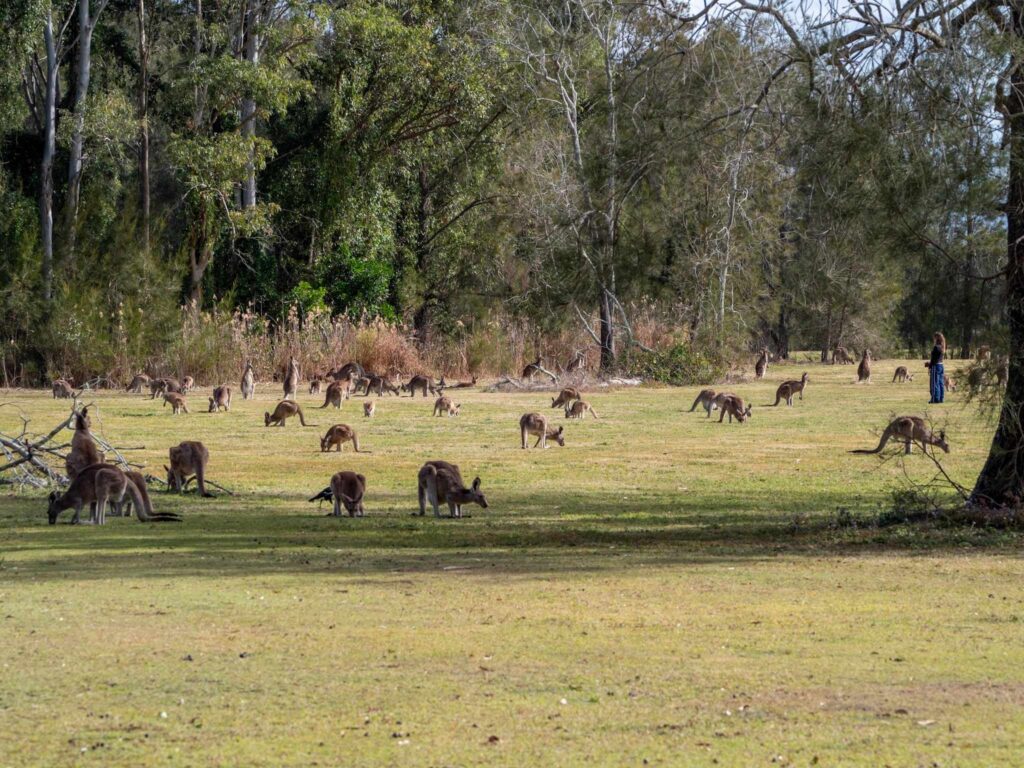
Coolangatta – 2 nights
Another animal you can see on the Gold Coast is the majestic humpback whale. Around 40,000 humpback whales migrate along the east coast of Australia every year. The Gold Coast is a particularly great place to see them as the route they follow through canyons and reefs comes super close to the land.
Not only can you whale watch here, but you can actually tick off a bucket list experience and swim with these whales. Swimming with whales on the Gold Coast takes place in the open ocean. The Pacific Ocean here stretches along Main Beach, Surfer’s Paradise, Broadbeach, Burleigh Heads, Palm Beach, Coolangatta and Tweed Heads. Depending on where the whales are each day, you could swim with them adjacent to any of these areas.
It’s illegal to just get in the water with a whale or try to swim towards one. Swimming with whales in Australia can only be done with a licensed tour operator who follows the rules and regulations around marine mammals. Ethical animal encounters leave no negative impact on the animal when managed properly. We’d recommend Cooly Eco, a local and sustainably minded company that operates whale swims and whale watching tours. By following the regulations they help to conserve the humpback species, while making your experience the best it can be. Tours last about 3.5-4.5 hours and cost around $300 AUD. That’s about £160 / $190USD / $320NZD / €182.
The best place to stay for whale watching on the Gold Coast is in the south of the city. Most tours launch their boats from the Tweed River, so staying in Coolangatta, or the quieter suburb of Kingscliffe, is a great option as you’re much closer than the CBD.
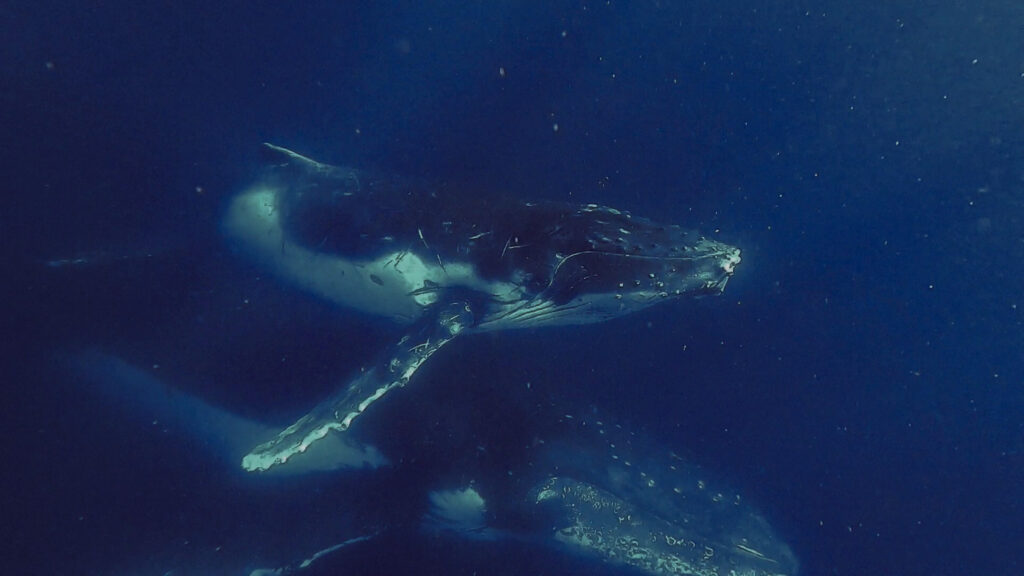
Byron Bay – 2 nights
Don’t worry if you’re not a fan of boats, you can also spot whales from the shore. You may see them from Fingal Head, between Main Beach and Palm Beach, Surfer’s Paradise, and at Hastings Point. Byron Bay Lighthouse is also a great place to see whales from the shore.
Byron Bay makes for a great day trip from the Gold Coast as it is only an hours drive south. Byron Bay is a cute little surfer town about an hour’s drive south of the Gold Coast. The famous Cape Byron Lighthouse sits on the headland here on a 100 metre high cliff. The Cape Byron Walking Track is a lovely route to follow around the headland and gives great views. This is also the most easterly point in mainland Australia and there’s a sign you can see too that says so. Parking at Byron Bay is a bit of a nightmare. We parked at the lighthouse, which is as close as you can get to it by car. It’s quite tight parking and $10 AUD for max an hour. Other parking can be found further down the hill or by the beaches.
There are several beautiful beaches at Byron Bay, including Main, Byron, Wategos and Tallow, which we found to be much quieter. Those who are keen animal lovers could also head to Arakwal National Park. A small protected area near Byron Bay, this park is a great place to see wallabies and native birds.
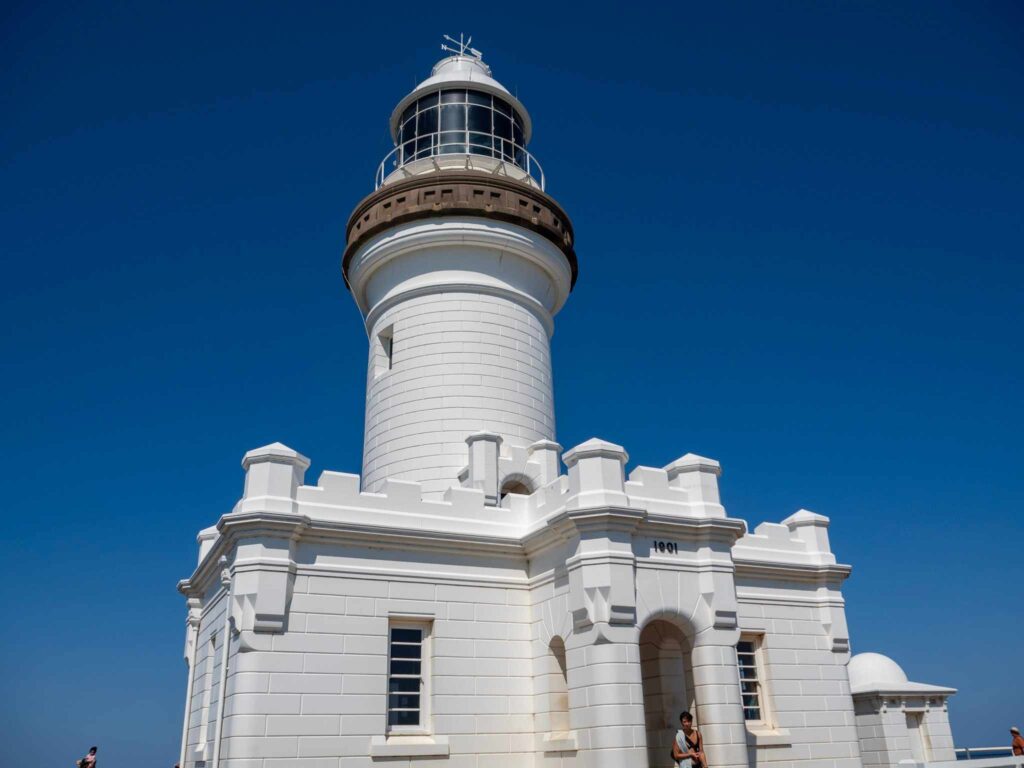
And if you just haven’t had enough time with marine animals, why not include snorkelling with turtles in your itinerary? Cook Island is a marine reserve off Fingal Head in the south of the Gold Coast. Nicknamed Turtle Island, the protected area serves as a turtle sanctuary so is a great place for snorkelling and diving with turtles in Australia. Joong-urra-narrian is the aboriginal name for Cook Island, which means “the place of pelicans” (although we didn’t see any here).
The North Wall is the most popular dive site here and also the easiest to navigate. This is a haven for green turtles, which you’re pretty much guaranteed to see. Other marine wildlife you can see includes clown fish (nemos), nurse sharks, wobbegong sharks and rays, although these can all be seasonal. You can also go SCUBA Diving at Cook Island. We did 2 dives, saw many turtles and could hear whale song for the whole of our first dive! The price for Certified Divers is about $150 AUD pp for a 2 tank dive.
When to visit the Gold Coast
The best time to visit the Gold Coast is between June to November. This is when migratory humpback whales can be seen up-and-down the coast. Because swimming with whales is never guaranteed, the season runs from July to early October. The weather is warm and pleasant at this time and, if you go later in the season, spring is in full bloom.
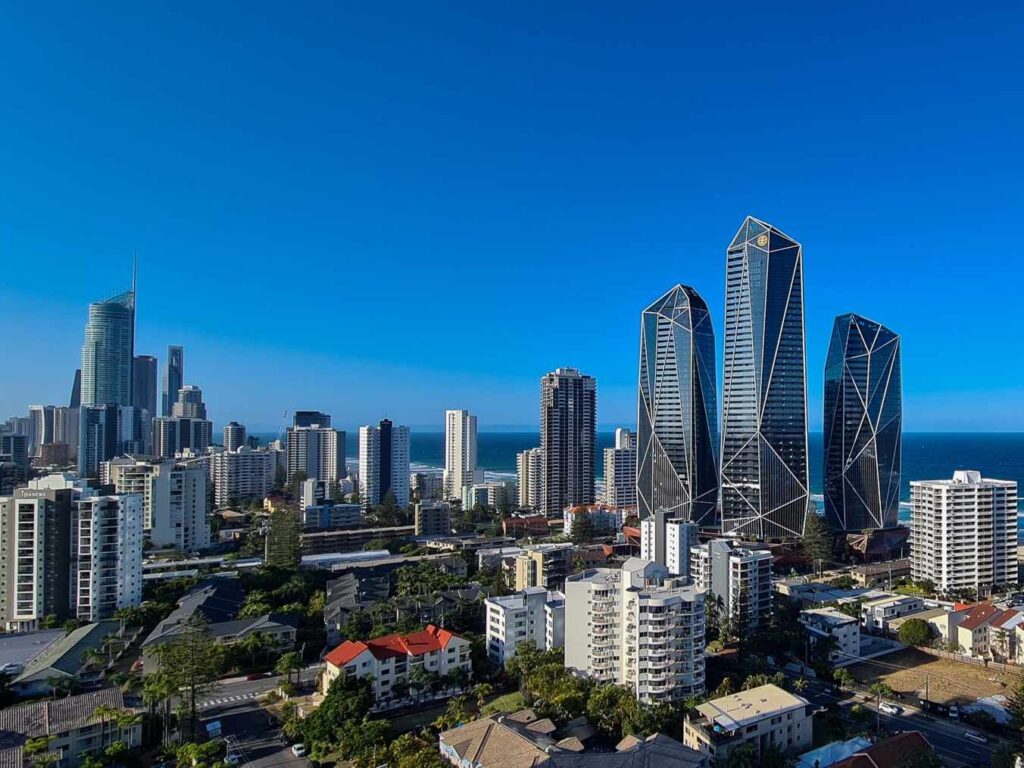
Have we convinced you to go wildlife watching in the Gold Coast? Don’t forget to buy travel insurance for your trip!
SafetyWing is without a doubt one of the best travel insurance companies, and offers global travel insurance that covers people from all over the world. It covers medical expenses, as well as coverage for travel delay, lost checked luggage, emergency response, natural disasters and personal liability. It is the perfect option for digital nomads who are looking for flexible medical care and basic travel protection while living, working or travelling abroad. We’d recommend SafetyWing for your next trip.
One of the best travel insurance companies on the market, SafetyWing offer travel insurance or remote health insurance, so there’s a plan for every kind of traveller. Their service offers a subscription-based monthly payment system, which is great for short and long trips, or if you have no trip end date. You can buy insurance before or after you leave, so it’s a great option for those already on the road too. You can also add on an adventure sports package to include activities like SCUBA diving, so you know you’re protected on your trip to the Gold Coast.
Read next:
Everything you need to know about Swimming with Dolphins on Kangaroo Island
A 5 Day Kangaroo Island Wildlife Spotting Itinerary
The Best Small Campervan in Australia: A Spaceships Australia Review
18 Animals you can see on Kangaroo Island and where to find them
The Thorough Guide to Tasmania’s Freycinet National Park
The Thorough Guide to Australia’s Kangaroo Island
Australia’s Great Ocean Road: A 3 Day Coastal Road Trip Itinerary

